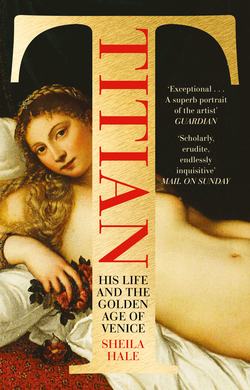Читать книгу Titian: His Life and the Golden Age of Venice - Sheila Hale - Страница 7
ОглавлениеMost European currencies after Charlemagne’s reform of the monetary system were accounted in pounds, shillings and pence: £ s d, or 1 lira = 20 soldi = 240 denari, like the British pound sterling before it was decimalized in 1971. Every country, and every one of the numerous Italian states, used its own silver-based coins for everyday transactions such as buying food or paying wages. Different countries also issued gold coins, which were the currency of international trade and were used for reckoning wealth on paper. During Titian’s lifetime the Venetian gold ducat and the Spanish gold scudo were of equal value, each worth six lire and four soldi.
It is not possible to give modern equivalents of purchasing power in the sixteenth century for reasons that may be apparent from the following examples. A standard tip given by grandees for small services was one ducat, which was approximately the weekly wage of a master carpenter, but in the 1530s could buy twenty-eight chickens, ten geese or fifty kilos of flour. A university professor earned something between 100 and 140 ducats a year, a senior civil servant about 250. A Venetian with an income of 1,000 ducats would have been considered prosperous.
